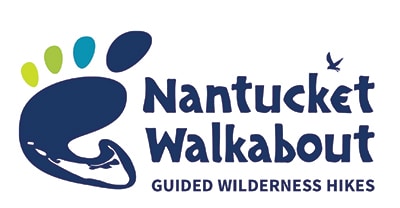
Nantucket Walkabout – Coskata-Coatue Wildlife Refuge — Coskata Pond & Woods
Based on a foundation of gravel, rock and clay, Coskata is the reason Nantucket Harbor exists. All around the wooded area of Coskata, which likely translates in the Algonquian Native American language that the Wampanoag Indians spoke to “at the broad woods”, are post-glacial deposits moved northward by littoral drift from Nantucket’s east shore over the last 2,000 to 3,000 years, eventually forming Great Point and later, Coatue.
Growing in the Woods are white and black oaks comprising a “mature maritime oak woods forest”, Scattered throughout this forest are lesser amounts of Eastern red cedar, sassafras, black tupelo and red maple. A clay/sand coastal bank fronts the Woods toward the Head of the Harbor to the southwest and the tidal Costaka Pond on the north side of the woods is fringed with salt marsh cord grass and protected from the ocean by a barrier beach. To the northwest are the Glades, a salt marsh with ridges of beach vegetation on some of the oldest dunes on Nantucket.
Island explorers love this part of the Coskata-Coatue Wildlife Refuge because with a pair of binoculars, a search of the skies, the pond and salt marsh reveals an abundance of shorebird species including great egrets, great blue herons, American oystercatchers, willets, gulls and two active osprey nesting poles. You can dig soft-shell clams living in the sand and mud of the pond and fly fish for striped bass at the mouth of and inside the pond. And you can explore the pond in a kayak, beaching it on the east end for an ocean swim or paddling out into the Head of the Harbor to check out an active oyster farm.

